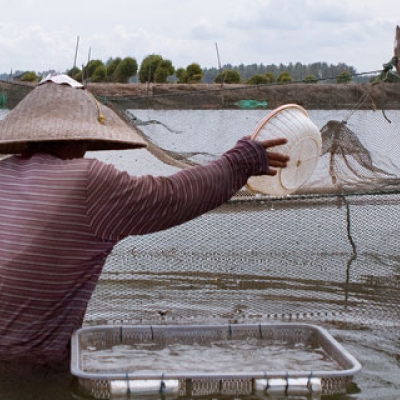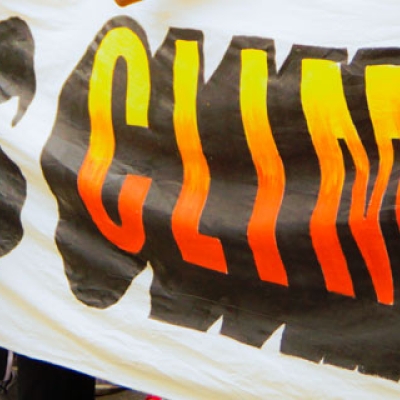
Potato Diversity and Traditional Knowledge
By Gary Paul Nabhan / On October 3rd, 2008
As mentioned in last week's blog post, in Peru's Parque de la Papa-the Potato Park-, the Quechuan farmers maintain some 1200 varieties of potatoes named in their own language. Farmers are particularly attentive to the effects of climate change on the micro-habitats where each potato variety can be planted. Quechuan Ricardo Paco Chipa says his father constantly reminds him that the elevation distributions of potatoes today are far different than those that were common when he first farmed a half century ago.




